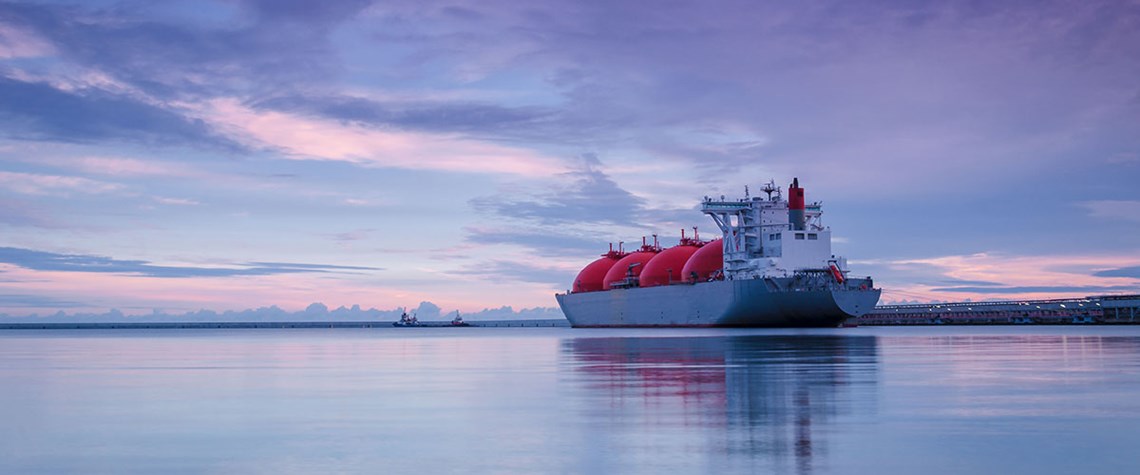Australia's own goal
While Australia enjoys an LNG export boom, it's also looking at imports as one way of meeting domestic demand
Australia is poised to oust Qatar from the top spot as the world's largest liquefied natural gas exporter. Yet the country's populous and gas-rich eastern region is facing soaring prices, tightening supply and potential caps on LNG sales. The cause is a mix of policy failures and market forces which have combined to create a perfect storm over eastern Australia's gas industry. This, in turn, threatens the economic viability of heavy industry, pushing up household power bills, risking blackouts and causing a political headache for the federal government. In response, plans are afoot to import LNG into Australia for the first time, or even to pipe gas from fields in Western Australia. Aside fr

Also in this section
12 December 2025
The latest edition of our annual Outlook publication, titled 'The shape of energy to come: Creating unique pathways and managing shifting alliances', is available now
12 December 2025
The federal government is working with Alberta to improve the country’s access to Asian markets and reduce dependence on the US, but there are challenges to their plans
11 December 2025
The removal of the ban on oil and gas exploration and an overhaul of the system sends all the right messages for energy security, affordability and sustainability
10 December 2025
The economic and environmental cost of the seven-year exploration ban will be felt long after its removal







